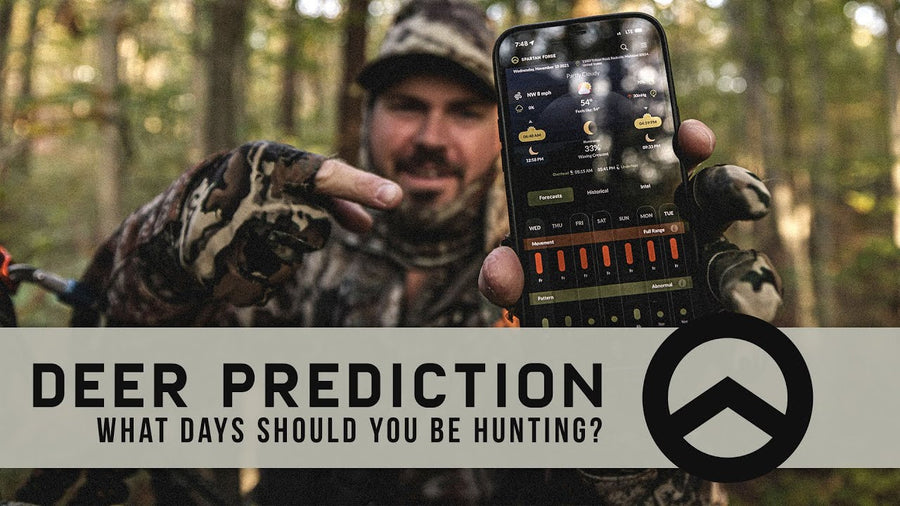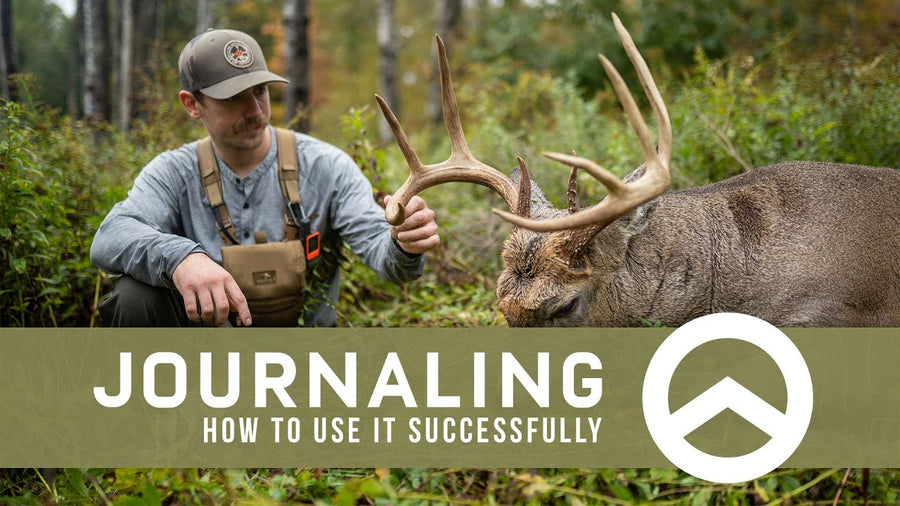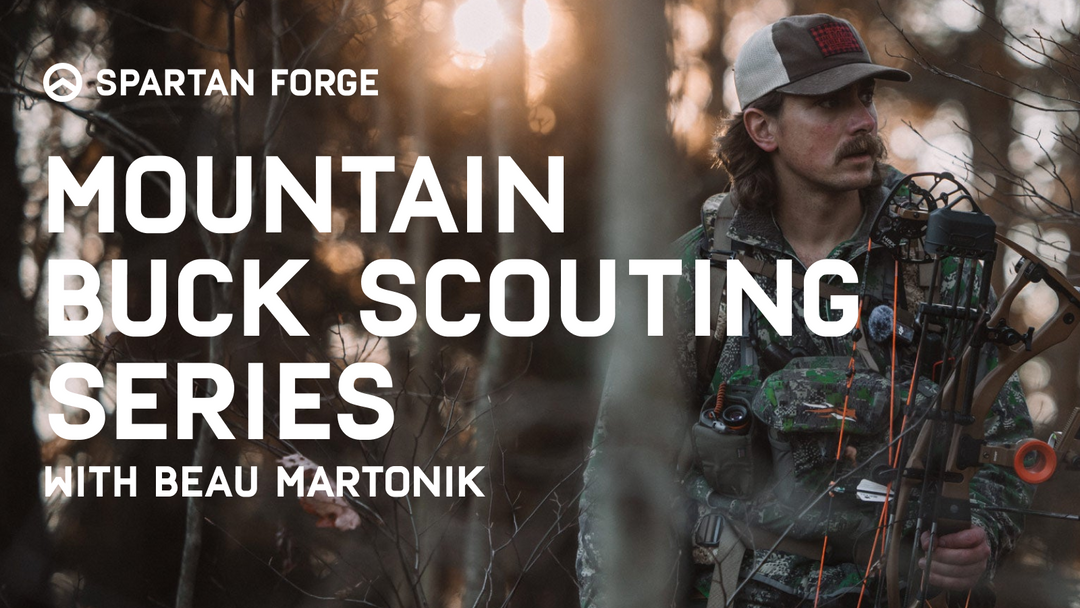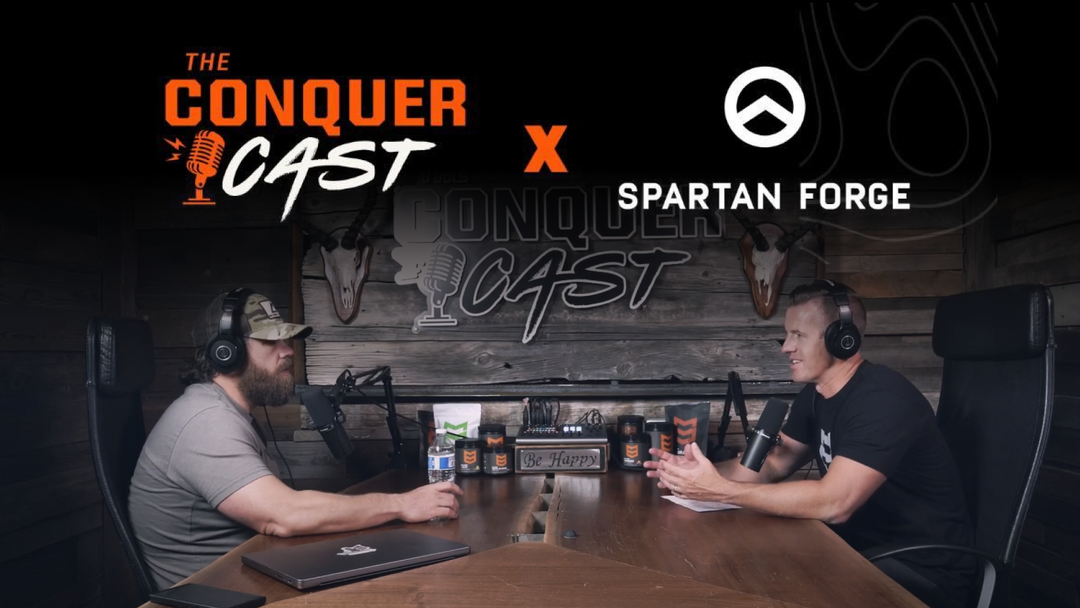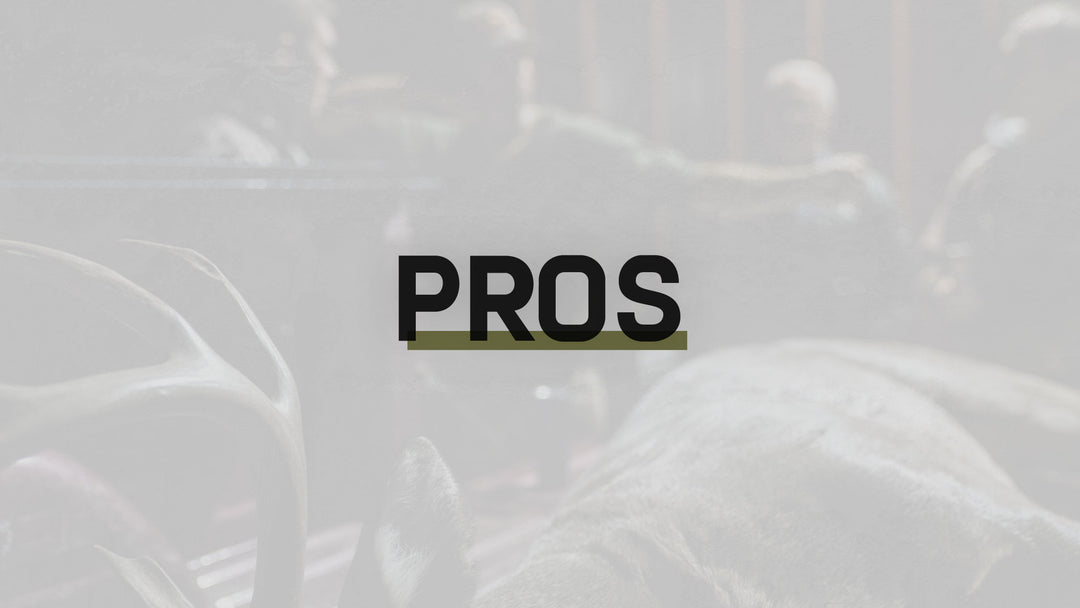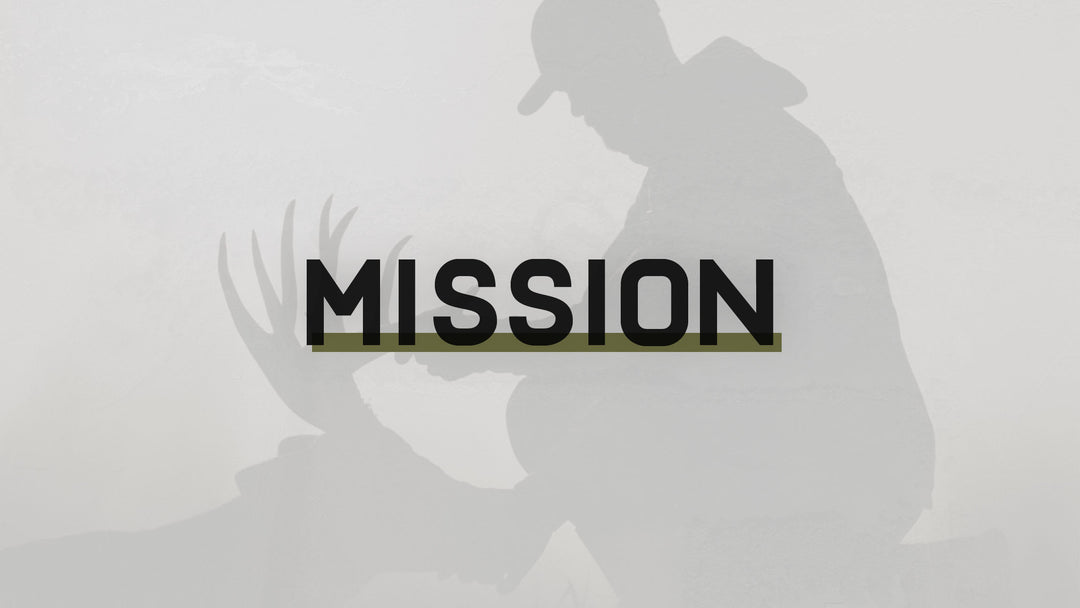The Life of a Post-Rut Buck

By this time, most of the country has stepped outside of the rut and second rut, entering a time of year that can be extremely challenging – the post-rut. Acorns, natural browse, and warm-weather crops are a thing of the past, and daylight movement has tapered back to less than that of the early season. Coming off the most intense action of the season, it can be pretty jarring when trying to fill one last tag (or the first for some). As with other phases of the season, understanding deer behavior and the reason for their behavior is going to be our best approach to filling that tag.
The Effects of the Rut
Rutting is what bucks live for. They grow weapons on top of their skulls, bulk up, strengthen their neck muscles rubbing, then go to war over breeding rights. Everything leads up to their role in creating more deer, but it’s extremely hard on them. If you haven’t witnessed the intensity of the rut in person, you’ve probably seen enough clips on social media to know just how detrimental it is to their health. Great for the herd. Bad for the individual buck. They can lose up to 20% of their overall weight from running around for weeks on very little food, while searching for and breeding does, as well as marking their territories and fighting off other bucks. The rut takes its toll on them. So, it should come as no surprise that they aren’t up on their feet nearly as much during daylight hours once the rut is over. It’s not just for recuperation, though. It’s also the combination of hunting pressure and no longer needing to be on their feet. Even though pressure is high during the rut, bucks still need to breed, so they still move. Once that need is gone, what’s the point in walking around an hour before sunset after being shot at or seeing your buddies killed a few weeks earlier?
Shifting Priorities
Following the rut, bucks, being physically drained, shift their focus from breeding back to survival. With reserves depleted, their primary goal becomes putting back on the lost weight and surviving the winter. This means less daytime movement and more time spent in the cover away from the pressure brought on by the rut. The decrease in aggressive, territorial behavior also leads to bucks being more cautious, making them harder to hunt.
Post-rut bucks prioritize food and rest. They seek out high-calorie food sources where available, such as cold-weather crops and mast-producing trees, to regain lost fat. This is where it can get tricky if you have neighbors who bait with corn. There’s nothing wrong with feeders where legal – I have one myself – but it can make it a challenge during this time of year if you don’t have a comparatively nutritious and plentiful food source on the property you’re hunting. It can be harder to get on bucks during this time of year if you haven’t nailed down a preferred food source. But if you have, you’ll notice that patterns and movement will resemble that of the early season in terms of predictability. You just may not have as much daytime activity, depending on how pressured your deer were during the rut.

Effective Hunting Strategies for Post-Rut Bucks
Food. Food. Food. I can’t stress it enough. If we want the chance to tag a deer in general, let alone a mature buck, we need to be on a preferred food source. Hunting the post-rut is similar to hunting the early season, in that you’re hunting the bed-to-feed pattern, but it needs to happen with much more caution. During the early season, you have time to bounce back if you bump a nice buck. During the post-rut, you don’t really have that luxury anymore. Bump a tired, malnourished, pressured buck during the post-rut, and you may not see him again. For this reason, it’s usually better to hunt food or travel routes near food instead of bedding. The last thing we want to do during the post-rut is force a buck to change up his bedding. If he doesn’t have his little sanctuary at this time of season, he may go completely nocturnal or change how he uses a property. Both of which are bad for you and me.
Back To Basics
We can get a little sloppy during the rut because bucks tend to be a little less cautious. This is the time to rein that back in. We have to get back to the hunting basics, from scent control to good entry/exit routes. And calls are best left at home during the post-rut. Bucks have been called to plenty during the rut. Even lightly grunting during the post-rut can put a call-shy buck on high alert.
Use Cell Cams If Available
If you have cameras available, it’s time to get them off the scrapes and rut funnels you had them on a few weeks ago and move them to those travel routes between bedding and food. If you’re baiting, it’s a great idea to put a camera right over the food itself. Cell cams shouldn’t be relied on too heavily because there’s so much that they miss, but they can provide a really good starting point for the direction of travel to/from food sources, as well as if your preferred food source really is preferred.

Morning Hunts Can Be Disastrous
In hunting, there are few absolutes, with exceptions to just about every rule. So, keep that in mind when I say that hunting mornings during the post-rut may not be the best idea. If you don’t have a bulletproof entry route to a great morning spot where you aren’t likely to bump deer on your way in, hunting mornings may carry much too high a risk for the potential reward. Remember, these deer have been educated all season long, they’re on edge, and they have no reason to walk during daylight. If you give them a reason to get back to their beds before daylight, they’ll often oblige. Of course, some hunters have morning spots they’ve set up to get in without too much disturbance, and that’s great. For the rest of us, evening hunts are usually going to be more productive.
The Season Will Be Over Before You Know It
The post-rut can be a challenging time of year. If you weren’t lucky enough to tag a buck during the rut, it can be especially frustrating trying to tag one when your hunts seem more like bird-watching expeditions. Just remember, hunting is hunting. It can happen in the blink of an eye, so stick with it until the very end. Even if you don’t get to fill a tag, you’ll have the lessons to carry with you to the next season. Good luck out there!
Written by Alex Killman at Southeastern Bowhunting
